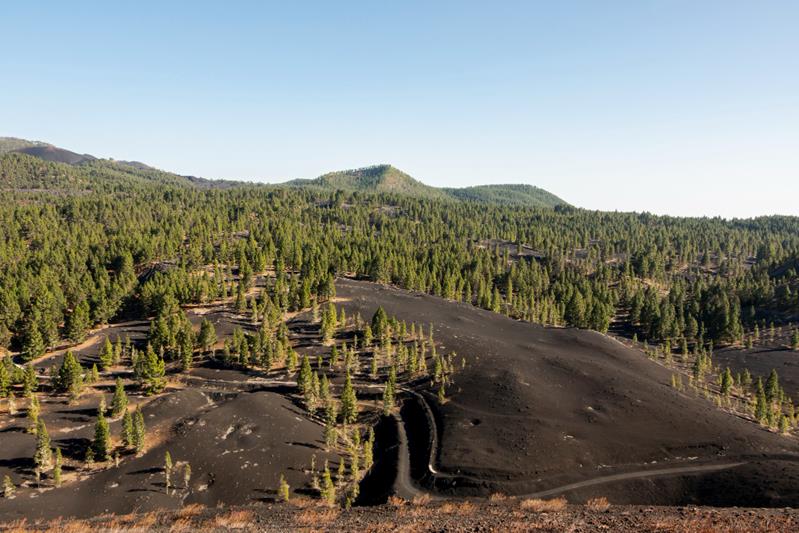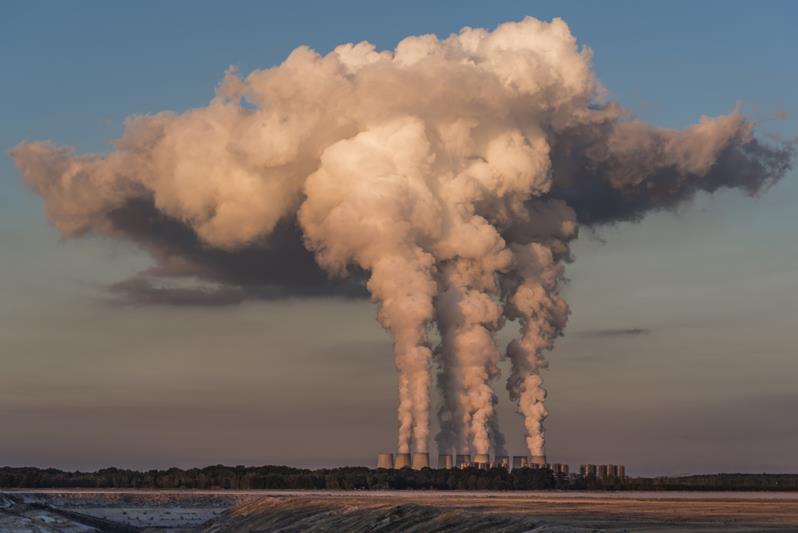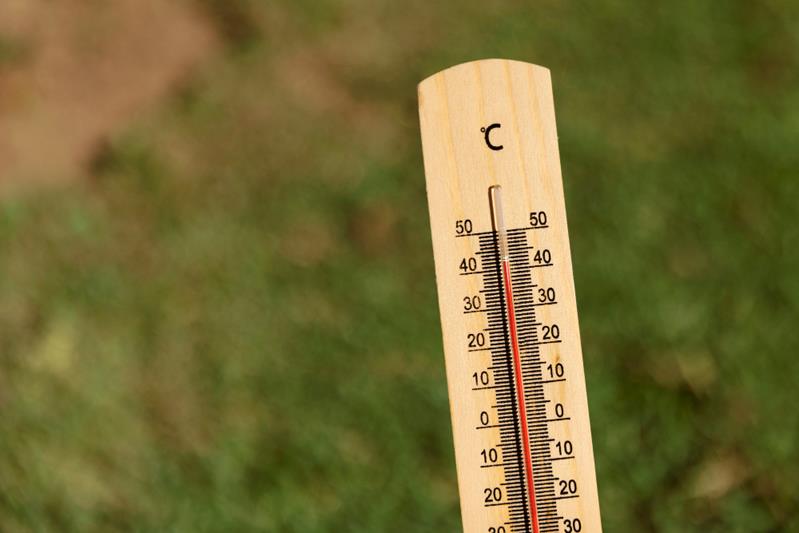Global warming: causes and consequences
Global warming entails a persistent surge in the Earth’s surface temperature, intricately connected to climate change, posing a severe menace to ecosystems, atmospheric equilibrium, and polar and marine regions. The ramifications of global warming extend beyond temperature spikes, affecting diverse facets of our environment and necessitating immediate attention for alleviation.
Why is global warming happening?
At the core of the global environmental crisis is extensive deforestation, a primary catalyst for this issue. This process not only amplifies atmospheric carbon dioxide levels but, in conjunction with the burning of fossil fuels, emits greenhouse gases, exerting a profound influence on the climate. Addressing this challenge is crucial to shield our planet from the extensive fallout of human activities on the natural world.
How is industrialization a cause of global warming? Throughout the active phase of industrial development, there is a notable upswing in the emission of greenhouse gases, encompassing carbon dioxide and methane, into the atmosphere. These substances play a role in the greenhouse effect, capturing heat from the sun and giving rise to alterations in Earth’s climate. This disruption of the natural equilibrium in environmental processes results in unfavorable outcomes, such as the melting of glaciers, elevated sea levels, and the occurrence of extreme weather events.
Moreover, the predicament of global warming is worsened by landfills, where decomposing waste creates conditions conducive to the release of methane. Addressing these detrimental contributions to climate change necessitates all-encompassing attention and the implementation of effective measures to alleviate human impacts and ensure the sustainable management of our planet’s resources.

Dangerous consequences of global warming
The perilous consequences of global warming currently stand out as one of the most urgent challenges facing our planet. The substantial increase in air, ocean, and land temperatures brings about various hazardous repercussions that impact both ecosystems and human life.
The oceans, crucial for carbon absorption, contribute to a reduction in atmospheric carbon dioxide levels. However, this absorption process results in ocean acidification, adversely affecting coral reefs and causing them to appear pale. The melting of glaciers induced by global warming leads to an elevation in sea levels, posing a menace to coastal areas and instigating environmental changes.
Climate change-induced alterations in weather patterns are impacting soil fertility and disturbing the regular functioning of the food chain. Fluctuations in temperature, a consequence of global warming, have the potential to induce floods, decrease crop yields, and contribute to the occurrence of droughts and famines. Furthermore, the ongoing global warming process is driving the extinction of species unable to adapt to the evolving conditions and elevated temperatures on Earth.
Addressing the risks associated with environmental disasters necessitates an informed debate on global warming. Essential measures involve the reduction of greenhouse gas emissions, the sustainable utilization of natural resources, and the adoption of innovative technologies. Implementing these strategies is crucial in averting potentially catastrophic consequences that could befall our planet.
How to solve the problem of environmental disaster
In recent decades, humanity has faced serious challenges related to climate change. Global warming has become one of the most pressing problems of our time, and its consequences are becoming more noticeable every day. The impact of global warming has catastrophic consequences, which can only be reduced by the following preventive measures:
- Forest restoration. Forests are natural carbon sinks. Intensive deforestation leads to an increase in carbon dioxide levels in the atmosphere. Supporting reforestation programs and creating nature reserves promotes biodiversity conservation and helps reduce carbon dioxide levels.
- Eco-friendly vehicles. Using low-impact transport is key to reducing greenhouse gas emissions, which in turn helps combat global warming.
- Efficient use of resources. How does recycling help global warming? Minimizing waste entails eradicating greenhouse gas emissions resulting from the breakdown of plastic and paper. Moreover, it preserves energy by incorporating recycled materials in manufacturing, thereby substituting the necessity for virgin resources and ultimately diminishing carbon emissions.
- Sustainable energy. The paramount measure involves shifting from fossil energy to sustainable energy sources. Embracing solar, wind, and hydropower contributes to the reduction of carbon emissions and diminishes reliance on environmentally detrimental energy sources.
Anthropogenic climate change pressures adverse effects on the natural world, compelling concerted efforts from all nations to tackle the predicament. Alleviating the challenges associated with global warming and fostering a sustainable environment for upcoming generations necessitates the implementation of diverse and well-coordinated practices.




